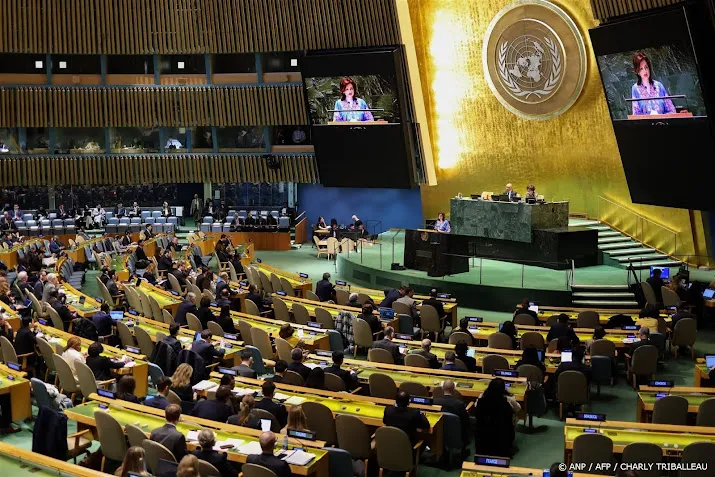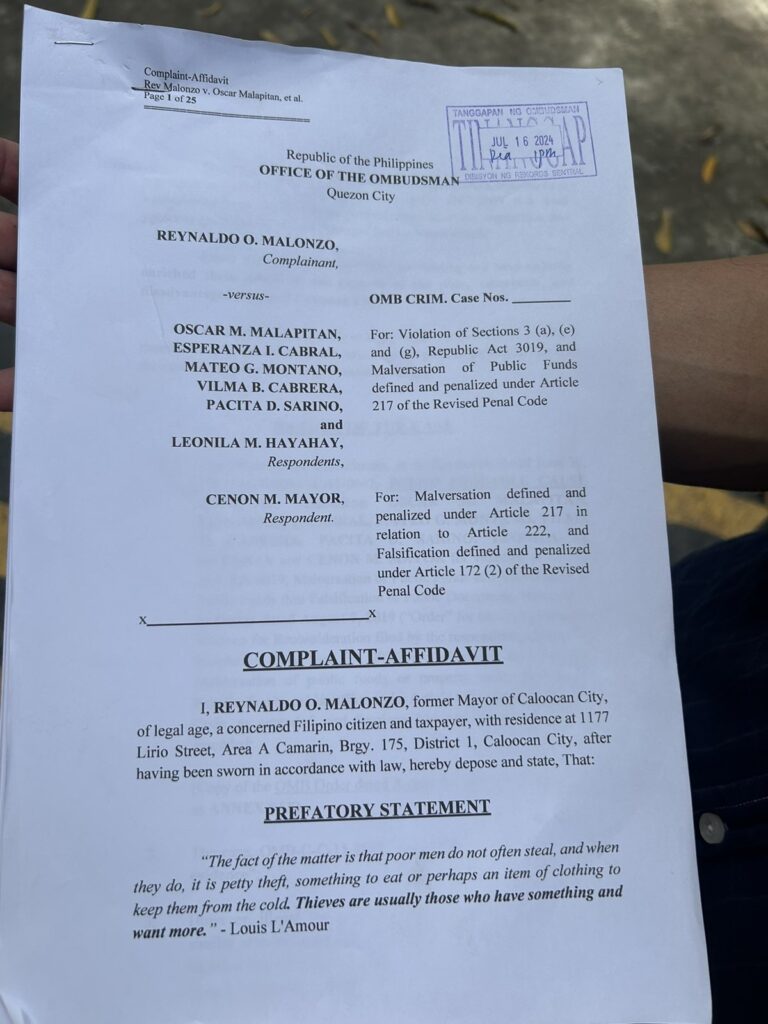Is Anesthetic Gas-Assisted Everest Climbing Too Risky? A Critical Analysis

Table of Contents
The Physiological Risks of Anesthetic Gas at High Altitude
The extreme altitude of Everest presents a unique challenge. Hypoxia, or reduced oxygen levels, already severely stresses the body. Introducing anesthetic gases further complicates this precarious balance.
Hypoxia and Anesthetic Gas Interaction
The interaction between hypoxia and anesthetic gases poses considerable danger. Anesthetic gases, by their very nature, depress the respiratory system. At high altitude, where oxygen is already scarce, this effect is profoundly amplified.
- Increased risk of altitude sickness: The combination can exacerbate symptoms like High Altitude Pulmonary Edema (HAPE) and High Altitude Cerebral Edema (HACE), potentially leading to death.
- Impaired judgment and slowed reaction times: The sedative effects of anesthetic gases can significantly impair cognitive function, making quick, life-saving decisions extremely difficult in emergency situations.
- Potential for respiratory failure: Respiratory depression, already a risk at high altitude, is substantially increased by the use of anesthetic gases, potentially leading to complete respiratory failure.
Specific anesthetic gases, such as nitrous oxide, are known to have these effects, even at lower altitudes. The impact at the extreme altitude of Everest remains largely understudied, making accurate risk assessment challenging. Further research is urgently needed to understand the precise interaction between these gases and the hypoxic environment of Everest.
The Impact on Cognitive Function and Decision-Making
Clear thinking is crucial for survival on Everest. The use of anesthetic gases, even in small amounts, can significantly impair cognitive function, including:
- Reduced alertness: Climbers might miss crucial warning signs or be slower to react to changing conditions.
- Poor judgment: This can lead to risky decisions, such as attempting climbs in unsafe weather or neglecting essential safety procedures.
- Impaired problem-solving: The ability to assess situations and find solutions is compromised, severely hindering the climber’s ability to cope with emergencies.
Imagine a scenario where a climber, under the influence of anesthetic gases, misjudges a crevasse or fails to recognize the onset of altitude sickness. The consequences could be fatal. Accurately assessing the cognitive impact of these gases at extreme altitude is challenging, further emphasizing the need for rigorous scientific investigation.
Ethical Considerations and the “Fair Play” Debate
The use of anesthetic gases in Everest climbing raises complex ethical questions.
Leveling the Playing Field or Unfair Advantage?
The debate centers on whether anesthetic gas use constitutes a performance enhancer, creating an unfair advantage.
- The "fair play" argument: Proponents of this view argue that using such gases undermines the spirit of mountaineering, which emphasizes physical and mental endurance.
- Uneven playing field: Access to these gases, and the specialized medical support needed for their safe administration, is not equally available to all climbers. This creates a significant disparity, potentially favoring wealthier climbers.
The use of anesthetic gases blurs the line between medical necessity and performance enhancement, sparking heated debate within the climbing community.
Informed Consent and Risk Disclosure
Obtaining truly informed consent for anesthetic gas use at high altitude presents unique difficulties.
- Cognitive impairment: The very gases intended to aid the climb can impair the climber's ability to fully understand the associated risks.
- High-pressure environment: The extreme conditions and the urgency of the climb can influence a climber's decision-making, potentially compromising the validity of informed consent.
Clear guidelines and regulatory frameworks are needed to ensure that climbers are fully informed and that their decisions are made under conditions that minimize coercion.
Environmental Impacts and Sustainability
The environmental consequences of anesthetic gas-assisted Everest climbing are largely unexplored but potentially significant.
Anesthetic Gas Emissions and their Effect on the Environment
The release of anesthetic gases at high altitude could have long-term consequences for the fragile mountain ecosystem.
- Lack of research: Currently, there is a significant gap in our understanding of the environmental effects of these gases at such extreme altitudes.
- Ozone depletion potential: Some anesthetic gases have ozone-depleting potential, although this remains an area needing further research specifically in the context of high altitude release.
- Impact on local flora and fauna: The effects on the unique and sensitive Himalayan ecosystem are unknown and require careful investigation.
This lack of research highlights the urgent need for comprehensive environmental impact assessments.
Waste Management and Disposal of Medical Supplies
Managing medical waste, including anesthetic gas canisters, at high altitude poses significant logistical and environmental challenges.
- Improper disposal: Improper disposal of these canisters can contaminate the environment, with unknown consequences for the delicate ecosystem.
- Sustainable alternatives: Exploring and implementing sustainable alternatives for waste management and gas administration is crucial to minimize environmental damage.
Responsible waste management is paramount to preserving the natural beauty and integrity of the Everest region.
Conclusion
Anesthetic gas-assisted Everest climbing raises serious concerns regarding physiological risks, ethical considerations, and environmental impacts. While the potential benefits might seem tempting, the lack of conclusive research on long-term effects and the ethical complexities surrounding its use necessitate caution. The "fair play" argument and the challenges of informed consent in extreme environments further complicate the issue. The environmental impact of releasing these gases and disposing of related medical waste at high altitude requires urgent investigation. Further discussion and research on the safety and ethical implications of anesthetic gas-assisted Everest climbing are critical to ensuring both climber safety and environmental protection. We need a balanced approach that prioritizes responsible practices and avoids compromising the integrity of this iconic mountain. The debate surrounding anesthetic gas-assisted Everest climbing must continue, leading to better regulations and a more sustainable approach to extreme mountaineering.

Featured Posts
-
 Bruins En Npo Toezichthouder Gesprek Over Leeflang Noodzakelijk
May 15, 2025
Bruins En Npo Toezichthouder Gesprek Over Leeflang Noodzakelijk
May 15, 2025 -
 Jimmy Butler Shuts Out Miami Hype Before Crucial Clash
May 15, 2025
Jimmy Butler Shuts Out Miami Hype Before Crucial Clash
May 15, 2025 -
 Latest Caloocan Election Results Malapitan Extends Lead Against Trillanes
May 15, 2025
Latest Caloocan Election Results Malapitan Extends Lead Against Trillanes
May 15, 2025 -
 Times Kaysimon 2024 Odigos Gia Fthina Pratiria Stin Kypro
May 15, 2025
Times Kaysimon 2024 Odigos Gia Fthina Pratiria Stin Kypro
May 15, 2025 -
 Software Stocks And Tariffs Why Microsoft Stands Out
May 15, 2025
Software Stocks And Tariffs Why Microsoft Stands Out
May 15, 2025
Latest Posts
-
 Tampa Bey Kucherova Triumf Nad Floridoy V Pley Off N Kh L
May 15, 2025
Tampa Bey Kucherova Triumf Nad Floridoy V Pley Off N Kh L
May 15, 2025 -
 Pobeda Tampy Bey Nad Floridoy Kucherov Vedyot Komandu K Uspekhu V Pley Off N Kh L
May 15, 2025
Pobeda Tampy Bey Nad Floridoy Kucherov Vedyot Komandu K Uspekhu V Pley Off N Kh L
May 15, 2025 -
 Tampa Bey Vyigryvaet Seriyu U Floridy Blagodarya Kucherovu
May 15, 2025
Tampa Bey Vyigryvaet Seriyu U Floridy Blagodarya Kucherovu
May 15, 2025 -
 Obnovlyonniy Spisok Luchshikh Snayperov Pley Off N Kh L Ovechkin Na 12 M Meste
May 15, 2025
Obnovlyonniy Spisok Luchshikh Snayperov Pley Off N Kh L Ovechkin Na 12 M Meste
May 15, 2025 -
 12 Golov Ovechkina V Pley Off N Kh L Istoricheskoe Dostizhenie
May 15, 2025
12 Golov Ovechkina V Pley Off N Kh L Istoricheskoe Dostizhenie
May 15, 2025
